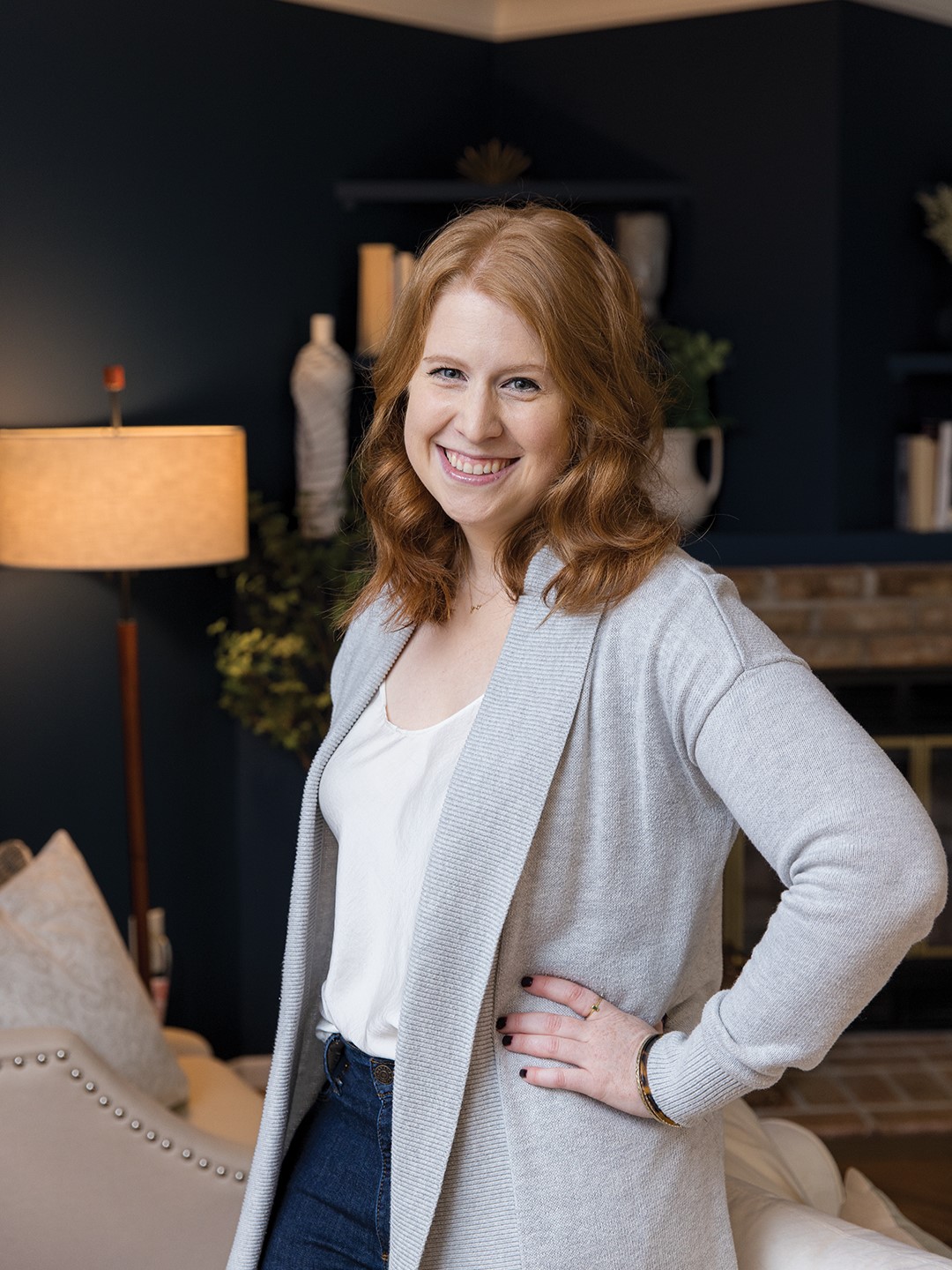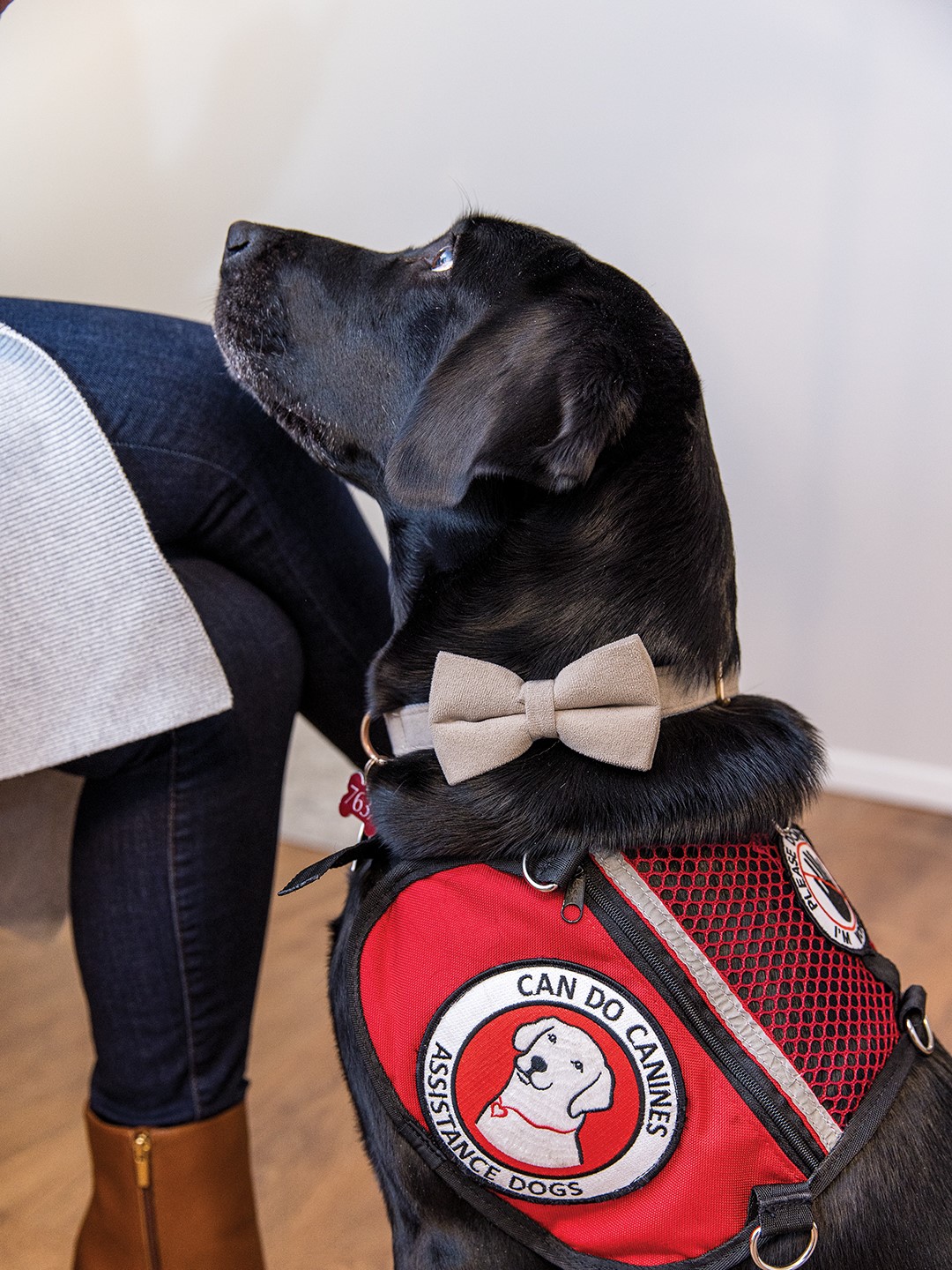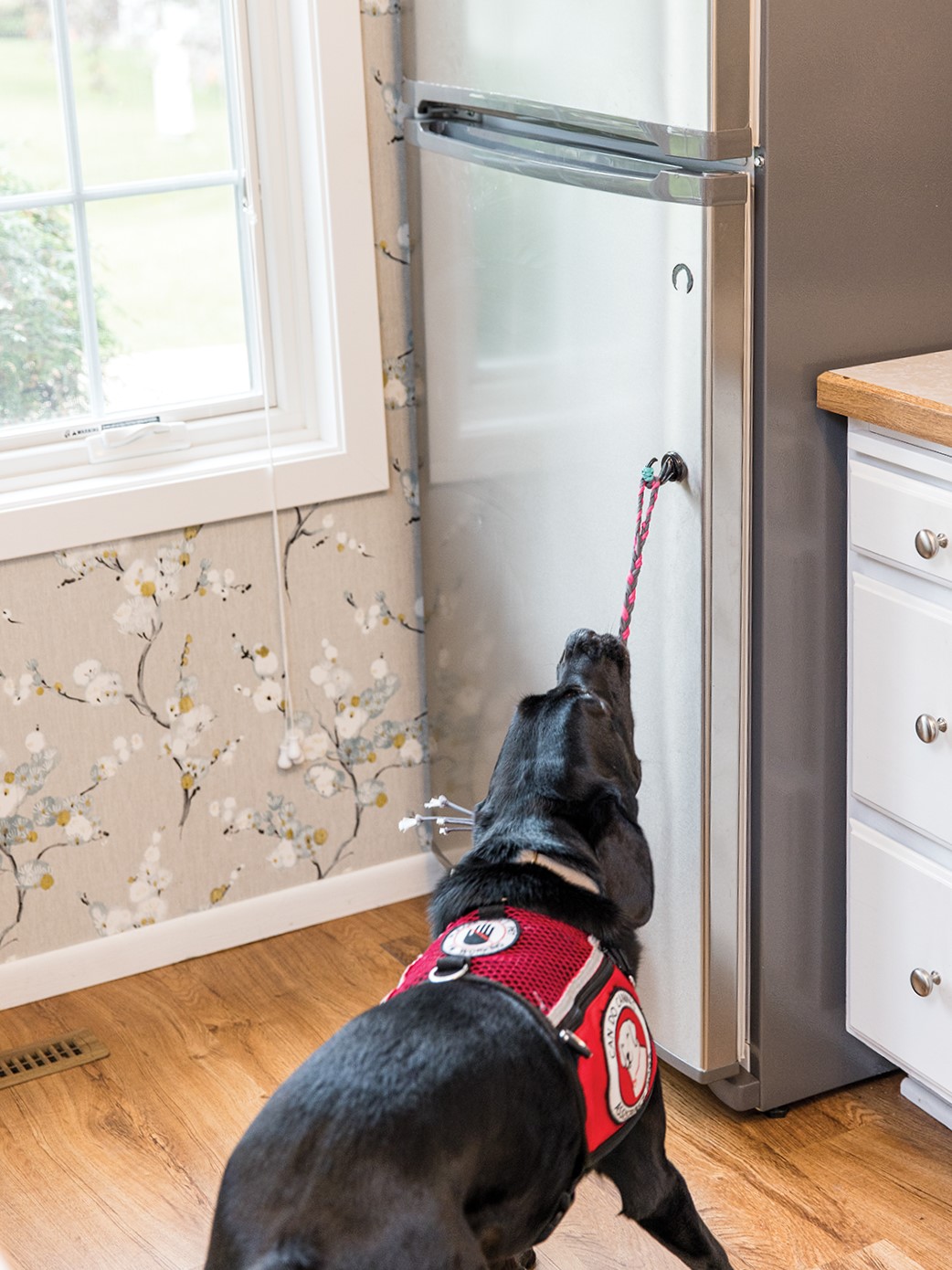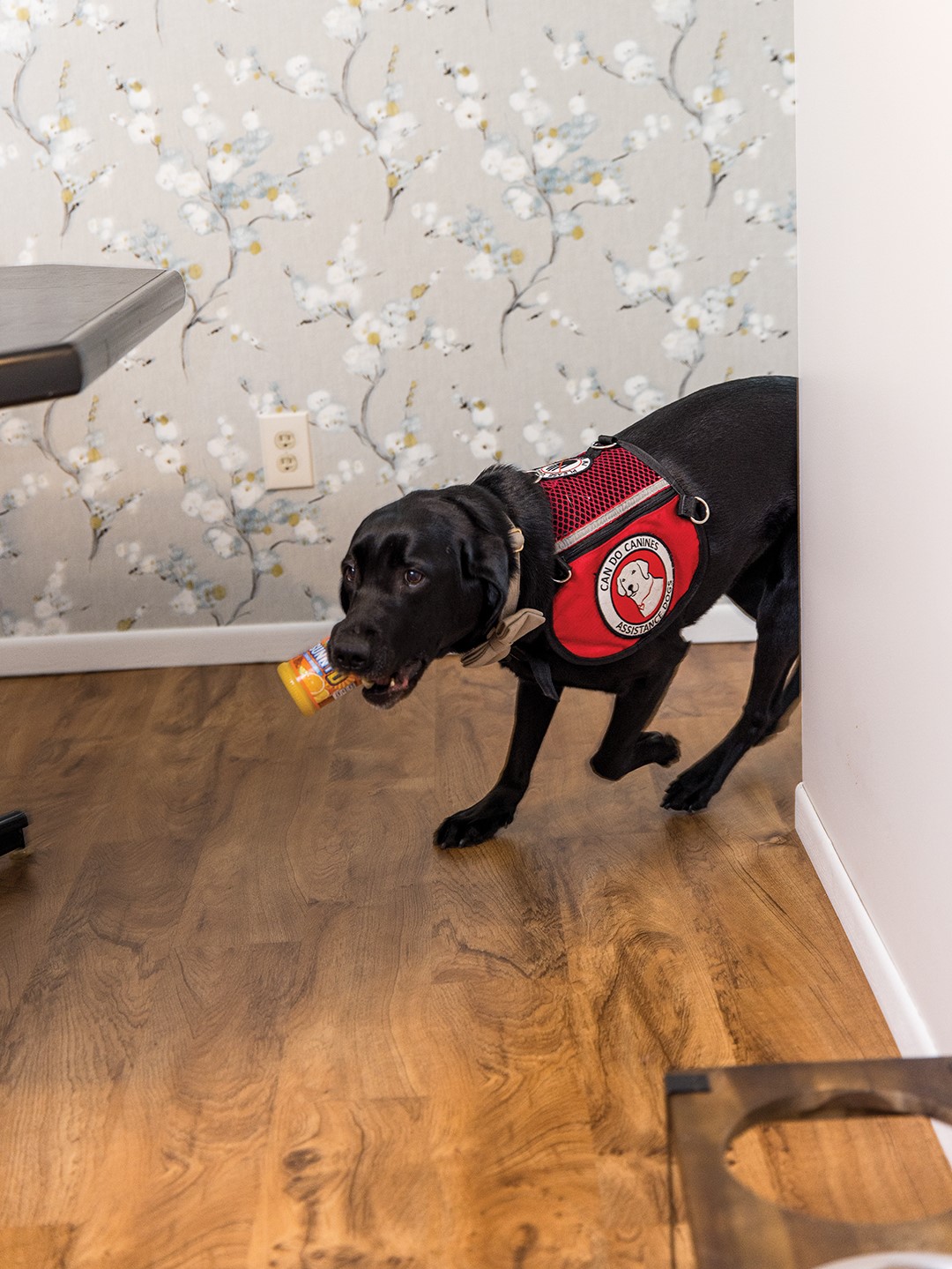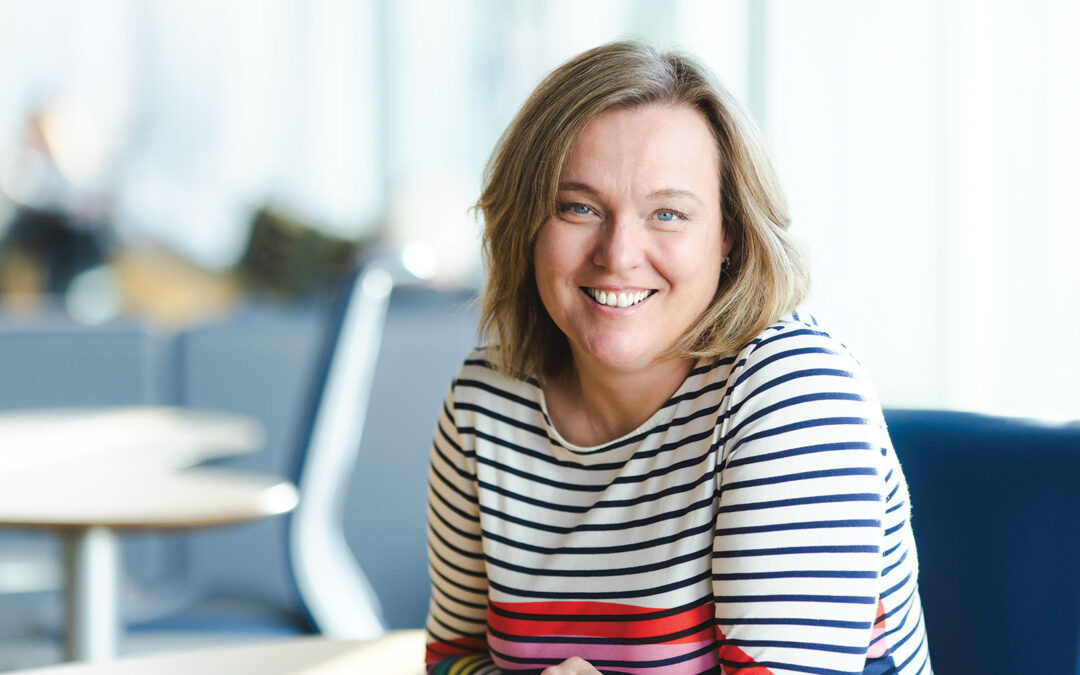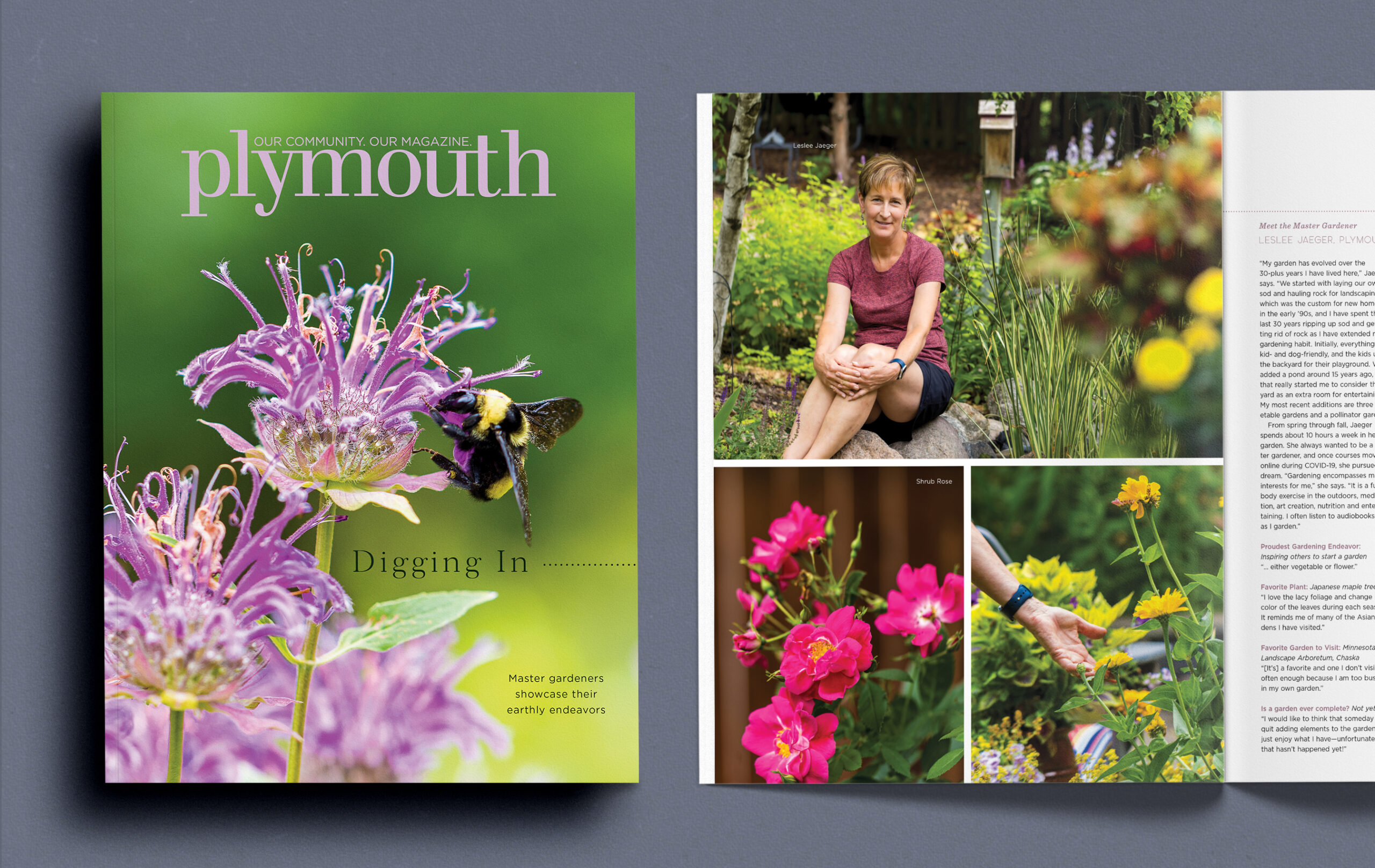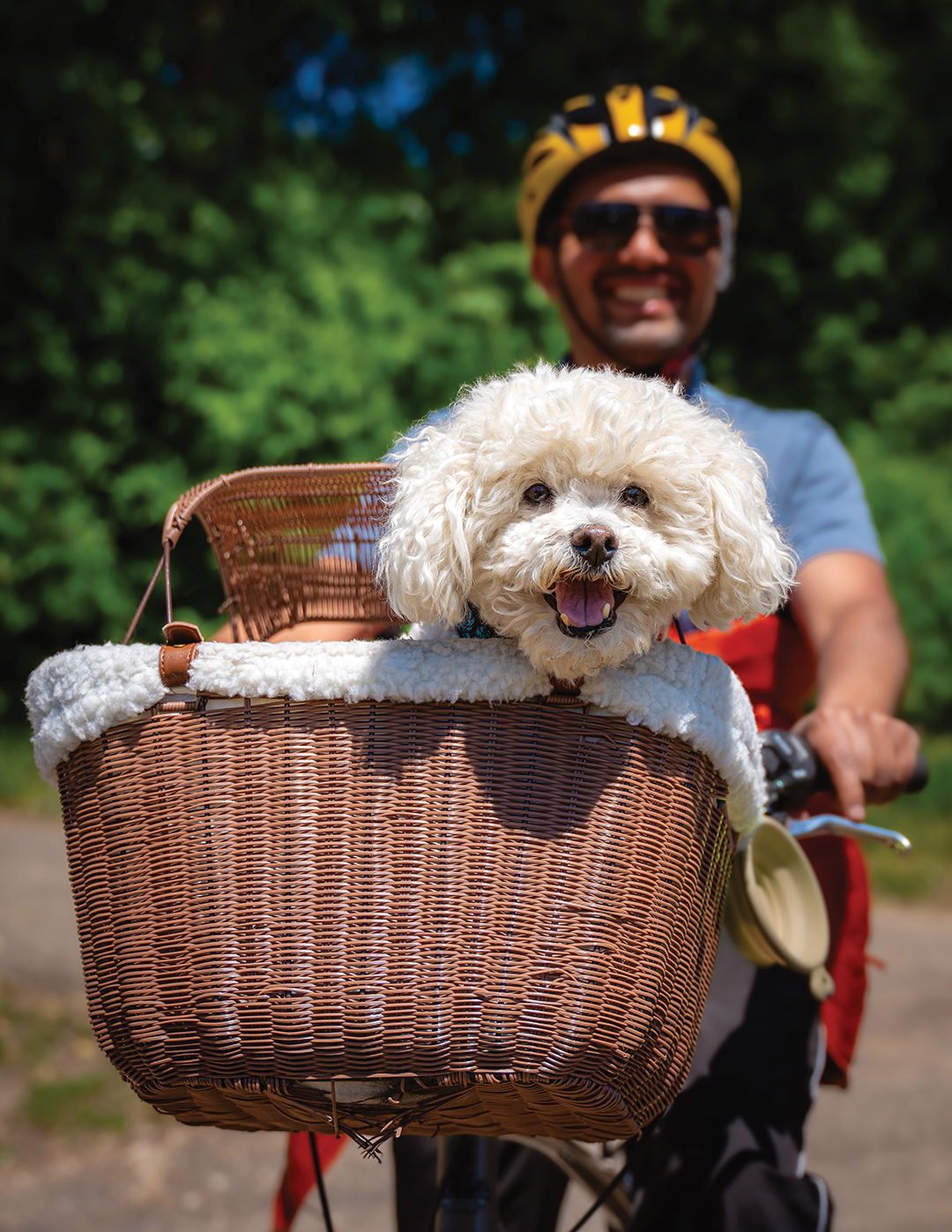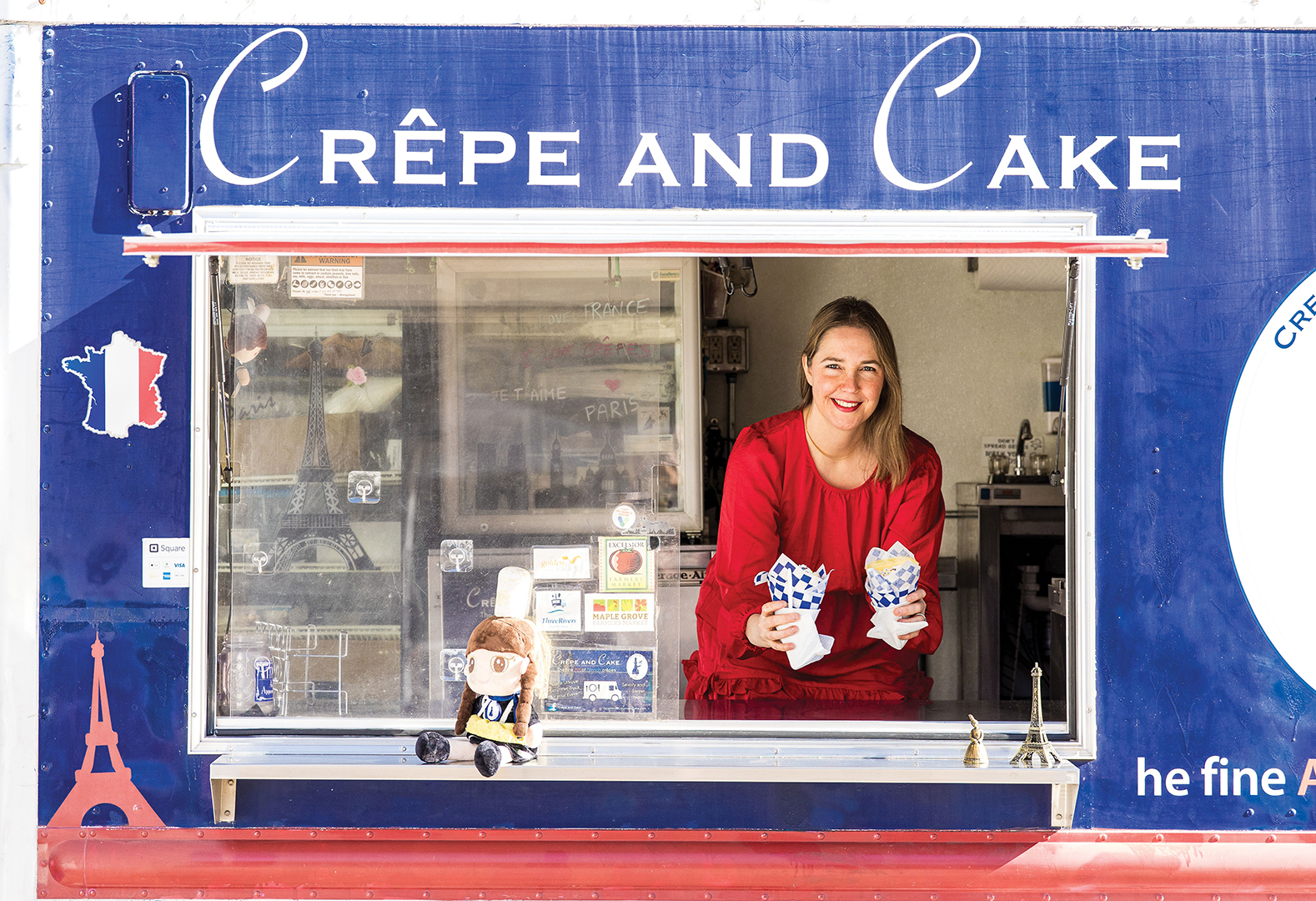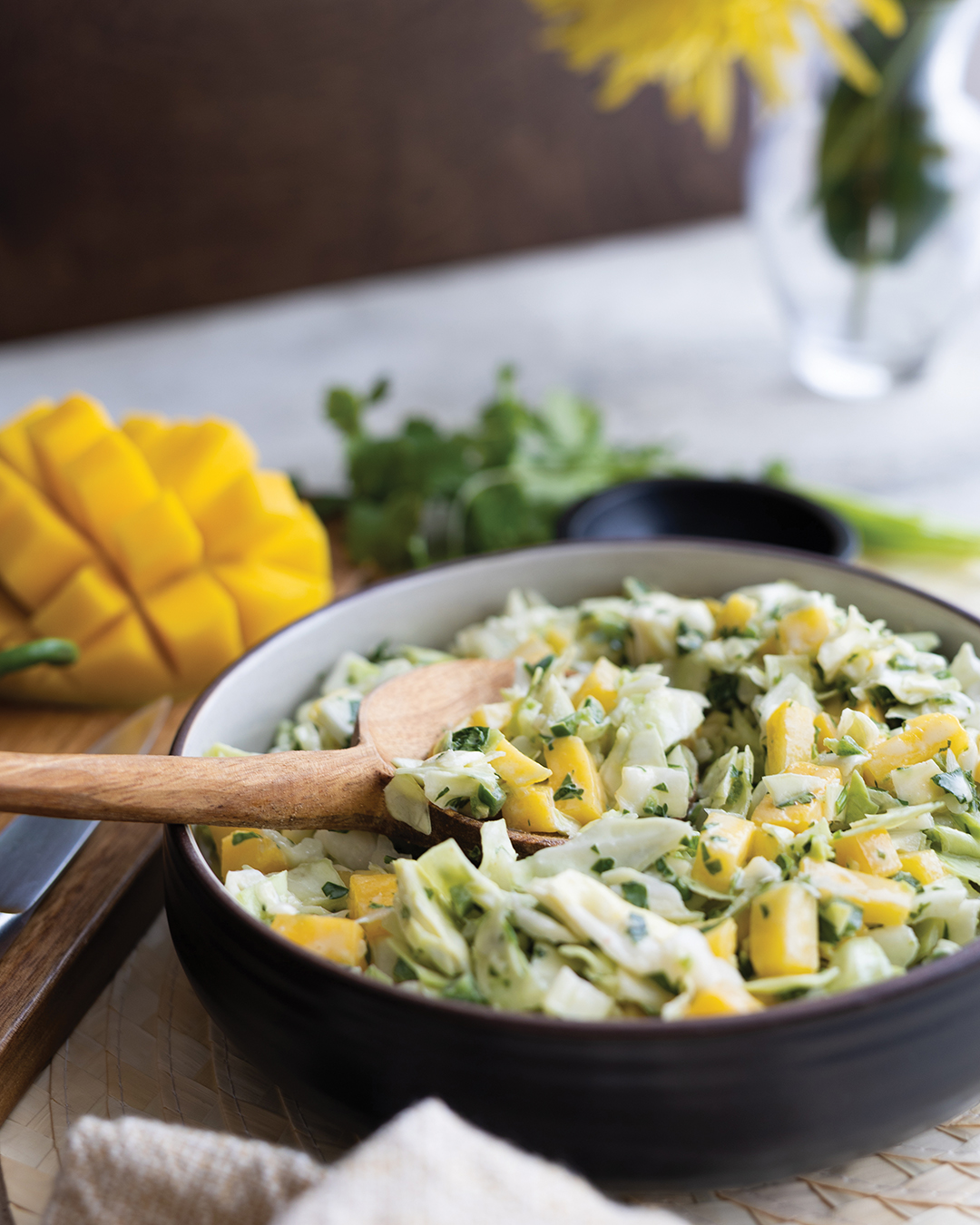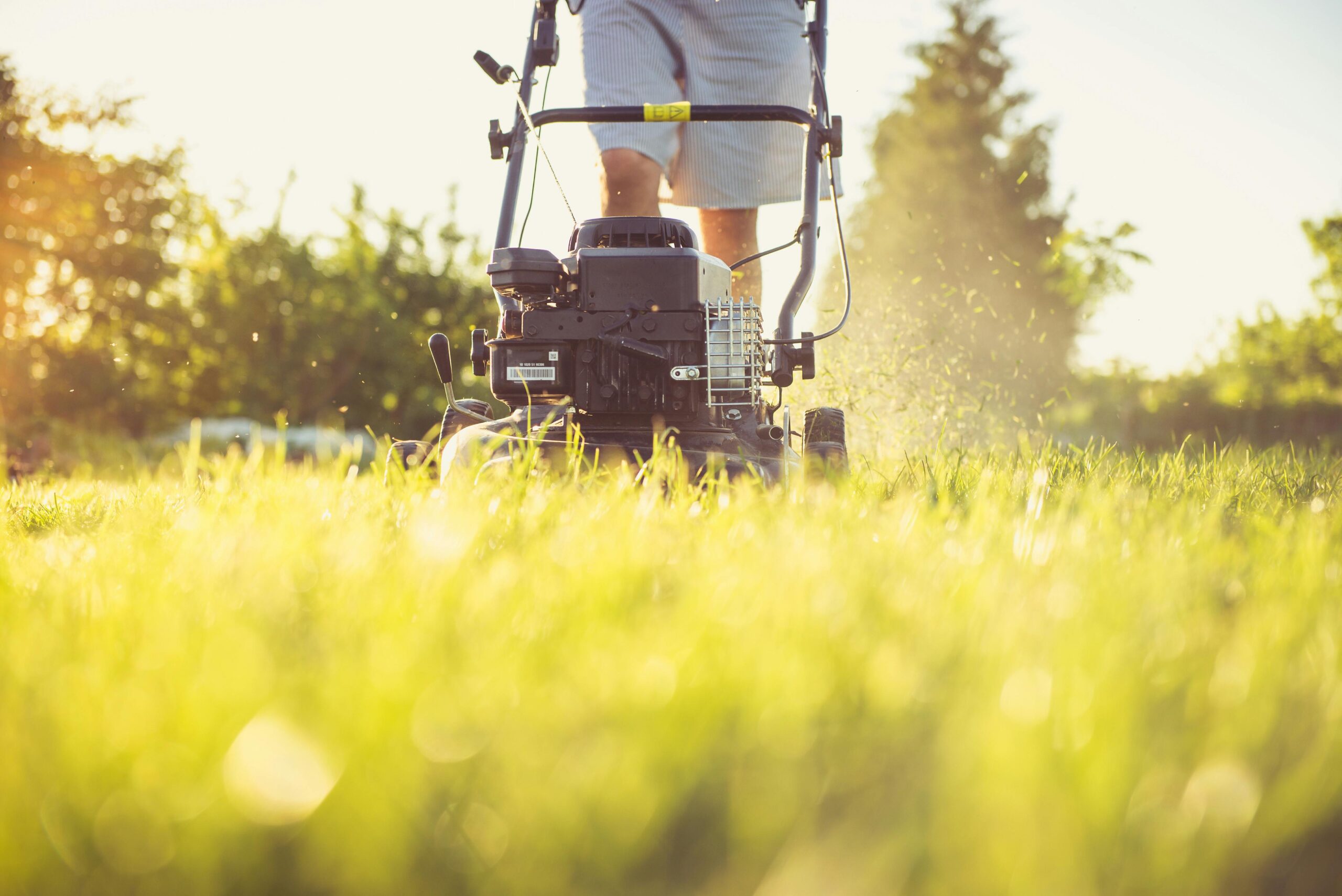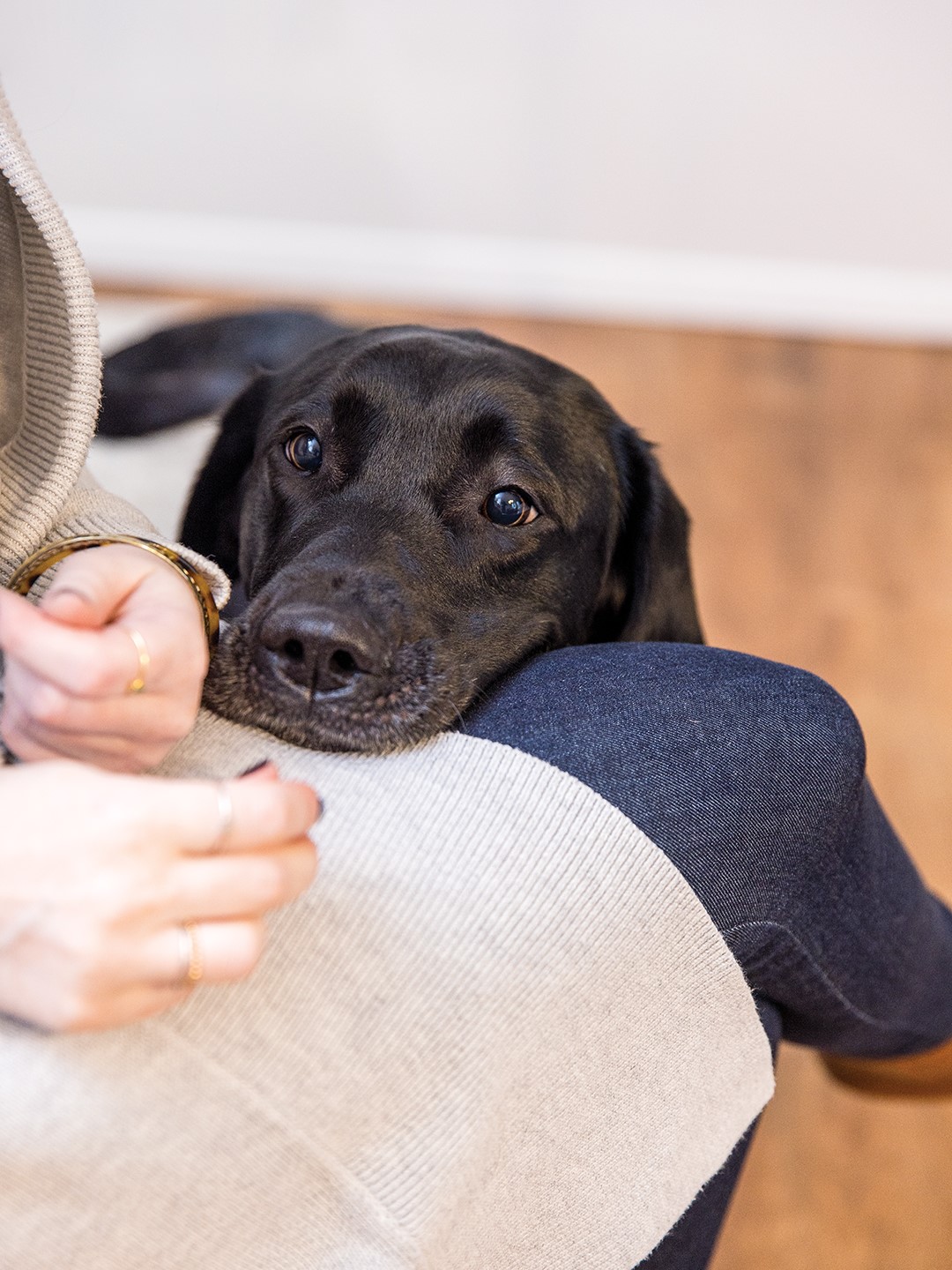
Photos: Chris Emeott
Nonprofit closes in on providing 900 assistance dogs for those in need.
They say a dog is man’s best friend, but for Abby Peterson, having a dog is lifesaving.
When the Plymouth resident was first diagnosed with Type 1 diabetes in 2013, she managed with routine finger pricks to check her blood sugar and insulin injections. However, over time, Peterson developed hypoglycemic unawareness, meaning she couldn’t sense the symptoms that often accompany high and low blood sugar levels. In January 2022, Peterson experienced a seizure due to her blood sugar getting dangerously low. That was the moment she knew something had to change in regard to her diabetes management.
Peterson first heard of Can Do Canines from a coworker, who volunteers with the New Hope nonprofit. The organization’s mission is to enhance the quality of life for people with disabilities through partnerships with specially trained dogs. Over the past 35 years, it has trained and placed over 850 assistance dogs, each specializing in one of the five areas of assistance training: mobility, autism, hearing, diabetes or seizure.
Creating a Can-Do Attitude
Part of what makes the organization so successful is its focus on meticulous breeding and diligent training. The majority of the dogs in the program are either labradors or golden retrievers, as their friendly demeanors and motivation to please makes them exceptional service animals. After the litters are whelped (born), the pups start their training as early as day two when they start wearing infant onesies, desensitizing them to the sensation of wearing a service vest. For the next two years, the dogs experience various environments of training and socializing, preparing them for their future partner.
At a few weeks old, the puppies go to correctional facilities. Can Do Canines’ partnerships with seven local correctional facilities provide a mutually beneficial program for both inmates and puppies. Executive director Jeff Johnson says, “Dogs are magic that way, especially in men, who may have had a tough life and might be prone to a reaction of anger and violence … The dogs change everything.” Two of the facilities focus on weaning (slowly separating the puppies from their mother) plus crate and potty training. After five weeks in the facilities, the puppies move in with Puppy Program volunteers, who teach manners, obedience and general socialization.
Around the age of 2, the dogs return to the main Can Do Canines facility for final training, where they will zero in on a specific assistance type. This phase of the process depends on a few factors individual to the dog’s personality and skill set. For example, if the dog is extremely driven to work, sniffs endlessly and stays nearby, he/she might be best paired with someone needing diabetes or seizure assistance. Whereas a dog that is friendly, calm and patient could be perfect as an autism assistance dog. The trainers take all of these factors into account (along with the needs of those waiting for a service animal) and begin refining the dogs’ training.
Once dog and owner are matched, Can Do Canines continues training to ensure the pair is compatible and confident together prior to graduating the program. “It’s phenomenal how well Can Do Canines trains the person,” Peterson says. “They’re in sync with the dog and the client, even receptive to the needs of each person, adapting the training as needed. They make it so easy to pick up on and bond with your dog.”
The Perfect Pair
Peterson and her assistance dog Sonora were matched within six months, but Peterson remembers vividly the day they first met. “I will never forget it. I came into the facility to meet her and start training together, and they said, ‘OK, we’re going to bring Sonora in now,’ and as soon as she saw me, she bolted over. They said they’ve never seen a dog run that fast toward a complete stranger, and they knew it was a perfect match,” she says.
- Abby Peterson.
- Assistance dog Sonora wearing her Can Do Canines vest.
Sonora moved in with Peterson in June 2022, and the two have become best friends. But when it comes to working, Sonora is on the clock 24/7. “I go low (on my blood sugar) a lot, like maybe five times a week,” Peterson says. “The first way [Sonora] alerts me when I’m low is she’ll stare. It’s the funniest thing. She’ll look at me like, ‘Uh-oh, this is not good,’ and put a paw on me. If I don’t acknowledge that, then she’ll boop me with her nose, and that I acknowledge. That’s her formal signal, so then I say, ‘Let’s check,’ do my finger prick and reward her. If I am low, I’ll have her go to the fridge and bring me a juice. She’ll take off to the fridge in a full sprint. She loves doing her job.”
What might be even more impressive are the skills that Sonora has learned in the one short year of residing with Peterson. “She’s only trained to detect lows, but she’s picked up on highs and is alerting on them,” Peterson says. “She was never trained how to do that. She’s so smart.”
- A rope makes it easier to open the refrigerator when Sonora needs to fetch some juice.
New Opportunities
While placement with an owner is the main focus, Can Do Canines continues to seek opportunities for service dogs to step in and help out. In addition to the five assistance training programs, the organization has added facility dogs. In the case of M Health Fairview Masonic Children’s Hospital, Inka—one of three assistance dogs—resides with an employee of the hospital but also comes to work with her. They make their rounds, and Inka demonstrates bravery and kindness to the pediatric patients on her floor. These strategic placements mean that hundreds of lives can be touched by just one dog.
Next up for Can Do Canines? Building a new whelping center to breed and deliver new pups on campus, which will support the achievement of the goal to place 70 dogs per year over the next 10 years. This year, the organization hopes to graduate 52 dogs.
The greatest challenge and need for Can Do Canines are volunteers, people who can house a dog anywhere from three days up to a year and a half. “We need all of that and in between,” Johnson says. “COVID-19 made volunteering a challenge because people got out of the habit, and getting them back in is a challenge. If we want to grow and serve even more people with disabilities, we have to have additional volunteers step in.” For those interested in getting started, Johnson’s advice is straightforward. “Dip your toe in, take a dog for a few days and see how it goes. I bet you’ll love it,” he says.

